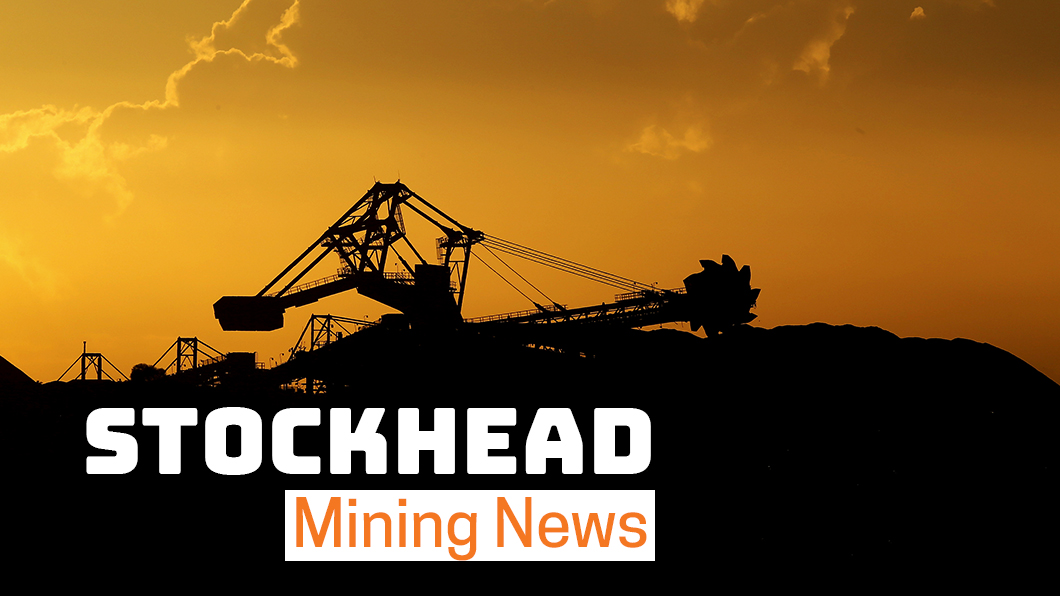Barry FitzGerald: Nickel’s up 47pc on its 2020 average. Let the battery metals battle lines form

Pic: Bloomberg Creative / Bloomberg Creative Photos via Getty Images
When is the last time the world’s biggest miner BHP got down and dirty in a takeover battle for a junior explorer with its foot on some prime exploration ground? Well, err… never.
But that’s just what BHP did recently when it took on Fortescue billionaire Andrew Forrest in a battle for Canadian nickel junior Noront.
The bidding is at $C325 million and rising, assuming Forrest – the major shareholder in Noront – formalises an offer that pips the BHP off by some 27%.
It is remarkable stuff given the Aussie characters involved, and the location of Noront’s exploration ground on the other side of the world in northern Ontario.
What’s going on?
The battery wars begin – pick your side
Take the Noront shootout as a clear sign that there is one almighty scramble on to secure future supplies of nickel to feed the lithium-ion battery boom, and rising demand from nickel’s traditional stainless steel market.
So in real sense, BHP’s move on Noront, and Forrest’s pushback, is telling us that nickel is the metals space to be in.
Why else would BHP, already an annual producer 95,000t of nickel, bother with Ontario exploration ground that might or might not become meaningful in time.
BHP’s move on Noront was launched on July 28. And what has the nickel price done since then? It has taken off to a 7-year high of $US9.20/lb, or $US20,276/t as some prefer.
That’s 47% higher than nickel’s 2020 (calendar) average, lighting up the ASX nickel sector in the process.
BHP outlined the reasons for its bullish view on nickel in the outlook for commodities released with its annual profit report on August 20.
For Garimpeiro, the standout new piece of information was BHP’s exposure of a dirty little secret in the industry – the plan by China to convert some of the nickel pig iron (NPI) it produces in Indonesia for the stainless steel industry into higher value matte for supply to the battery industry.
The Chinese move was revealed in February and smashed the nickel price. But BHP says end users will be wary of the carbon footprint involved in converting NPI to a battery material. There is after all, a global fight on against emissions.
“The carbon-equivalent footprint of a typical integrated sulphide operation (like BHP’s) is between one-fifth and one-quarter of the NPI-to-matte route to battery acceptable material,’’ BHP highlighted.
So battery material from the sulphide route is clean and green in comparison to the NPI route, something that no doubt helped BHP recently secure its big supply contract with Tesla.
Nickel stocks on the charge
Garimpeiro had an inkling back on July 30 that nickel would be bouncing back from the hit it took in February on overblown concerns about China’s NPI conversion plans soaking up the growth in demand from the battery sector.
Now that the bounce back has arrived, with BHP cheering it on, the nickel stocks on the ASX were particularly strong on the ASX on Friday. Centaurus (ASX:CTM), which was mentioned here on July 30 when it was 92.5c, ended the day at $1.08 for a gain of 11%.
Nickel’s price surge, and a new sulphide discovery at the Tigre prospect within the company’s Jaguar project area in Brazil, was behind the gain.
Jaguar already stands as a 560,000t resource, with planning underway for Centaurus to become a 20,000tpa nickel producer.
Tolga Kumova’s Aston (ASX:ASO) was also mentioned on July 30 when it was 14.5c, not for its high-grade Edleston gold project in Ontario, but on the strength of an about-to-start exploration program for nickel.
It last traded at 15c, with first results from the nickel program confirming the potential for a nickel/cobalt discovery with some scale about it.
The reality is that nickel at more than $US20,000t will be floating all boats. So it will be worth watching the WA nickel producers, and the developers.
The same goes for the explorers like Legend (ASX:LEG), St George (ASX:SGQ), and Azure (ASX:AZS), among others.
Happy days for the sector.
Related Topics
UNLOCK INSIGHTS
Discover the untold stories of emerging ASX stocks.
Daily news and expert analysis, it's free to subscribe.
By proceeding, you confirm you understand that we handle personal information in accordance with our Privacy Policy.








